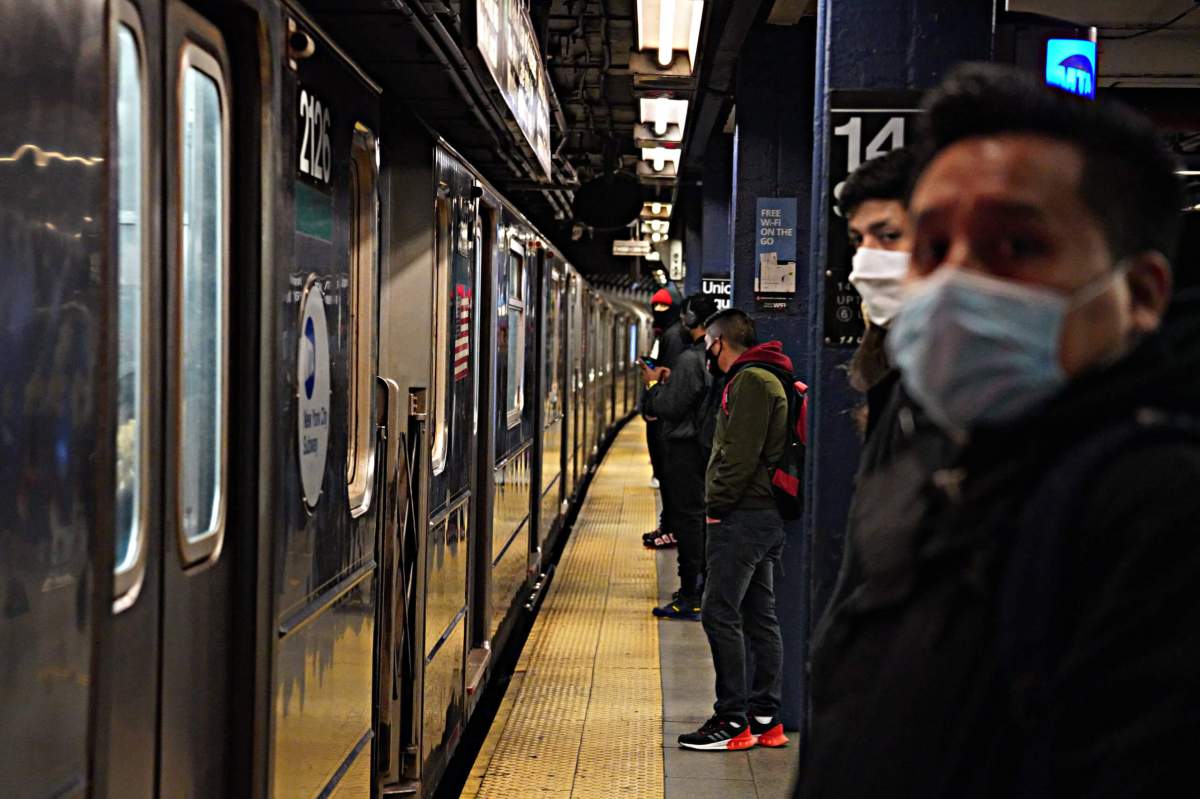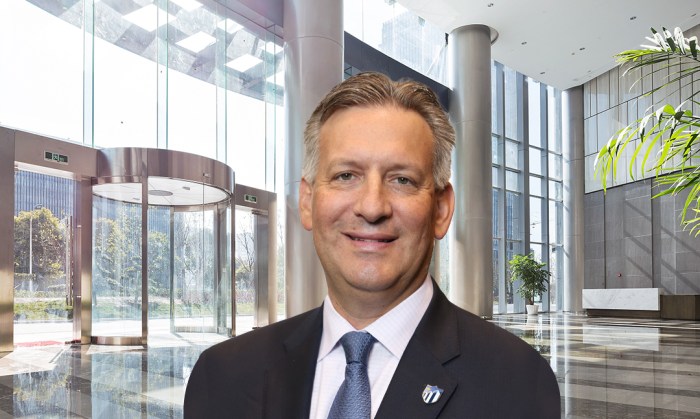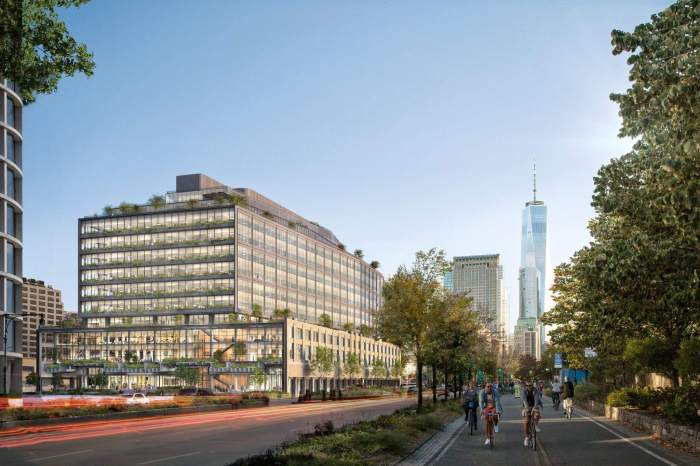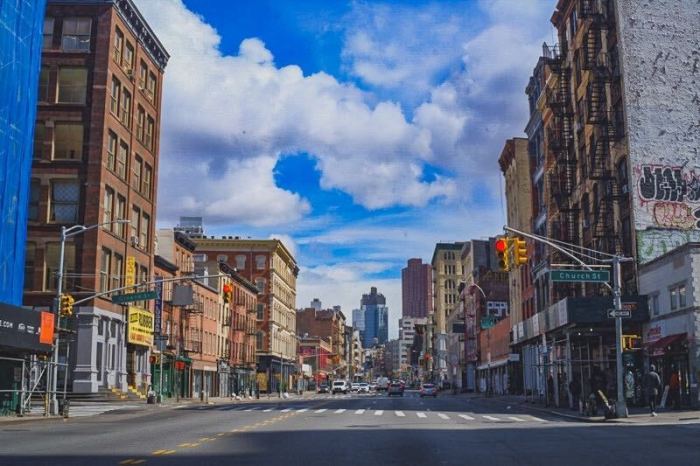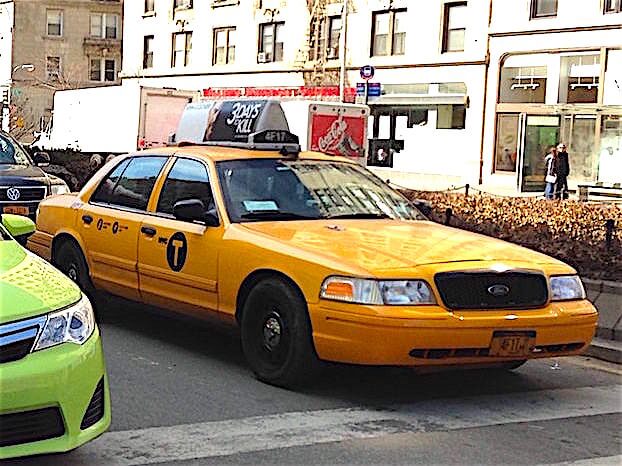Subway ridership has almost fully rebounded to pre-pandemic levels in some working-class areas of New York City largely outside of Manhattan, according to a new analysis by the MTA.
Daily trip numbers have returned to as high as 90% compared to 2019 figures at some subway stations, while traditional central business districts in Midtown and Lower Manhattan have lagged behind at around half of pre-COVID rates or less, according to MTA Chairperson and CEO Janno Lieber.
“There are a lot of people riding who aren’t going to sit in swivel chairs in Manhattan skyscrapers, who are riding the system because they’re going to school, because they’re doing essential work in the boroughs, because they’re moving around and living their lives,” said Lieber during the agency’s monthly board meeting Wednesday, May 25.
Lieber presented two maps showing stations with lower and higher return rates of straphangers.
One graphic with green dots showed the stops where the number of commuters was above the systemwide average ranging anywhere from 65%-130% of 2019 numbers, with hotspots in blue-collar sections of Brooklyn, Queens, the Bronx, and northern Manhattan.
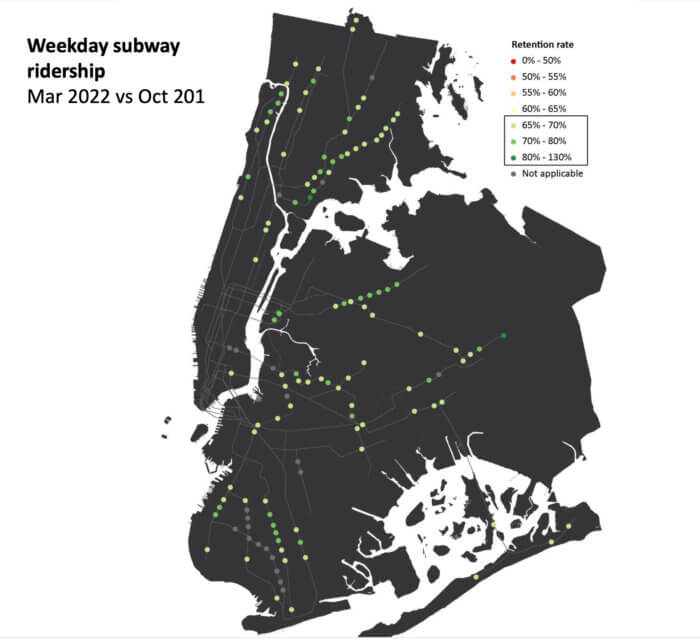
Meanwhile, another map with red dots detailed stops with ridership at 55% or lower compared to before the pandemic, which were focused largely in Manhattan’s midtown and downtown business districts, along with Downtown Brooklyn and Long Island City, Queens.
Only about 38% of Manhattan office workers have returned to a hybrid work schedule of between one-to-four days a week, according to a November survey of employers by the nonprofit Partnership for New York City, which advocates for businesses.
Weekday subway ridership has more recently returned to around 60% across the system, while trips on weekends and overnight have recovered faster, according to MTA counts.
By lines, the 2, 5, and 6 trains in central and the east Bronx saw high returns; along with the A and L lines in central Brooklyn; the N, R, F, B, and Q lines in southern Brooklyn; the J, Z, A, and C in Ozone Park and Woodside; and the 7 train in Elmhurst and Jackson Heights.
“[They’re] customers who in many cases have been riding with us through the pandemic, because they were essential, because their work was needed to keep New York alive through the pandemic, who have to work in-person today, people who have been loyal and who have been relying on us right through,” Lieber said.
“There are many communities, some with long commutes far from the central business district, who have remained at 70 or 80% — sometimes even 90% of pre-COVID,” the transit chief added. “So our ability to keep providing full service, reliable service, is a fundamental equity issue. We can’t let them down.”
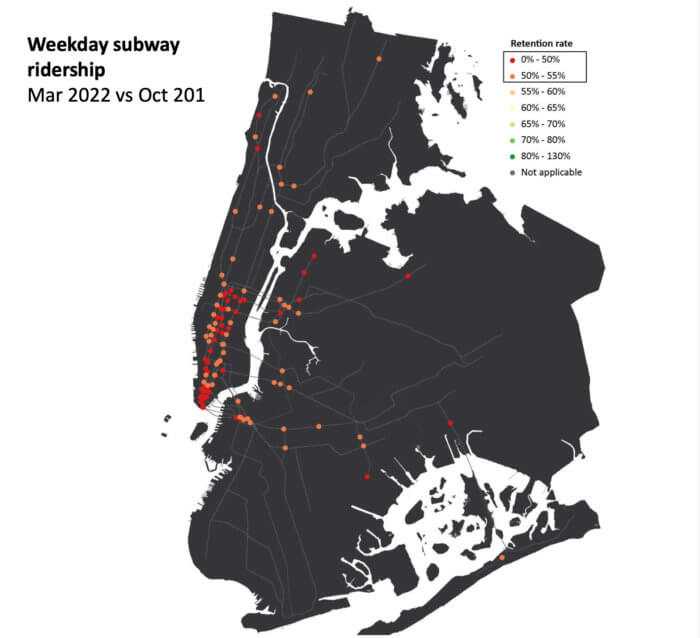
The slower recovery of the former work hubs suggests that New Yorkers are still not commuting to offices as often and between those areas for meetings and other business, said Lieber, along with a still lagging tourism sector.
But the MTA big was optimistic given that the ridership return has outpaced the rate of people heading back to in-person work in the Big Apple.
“That is a hopeful sign for the recovery of our system, that we’re not only dependent on the Manhattan office worker,” Lieber said.
Commuters outside Manhattan and those riding the subways and buses in the early morning hours more likely remained on public transit in the first year of the pandemic as well, according to a 2021 report by then-city Comptroller Scott Stringer.
Transit boosters called on the MTA and Governor Kathy Hochul, who controls the transit agency, to increase service to shore up the city’s economic recovery.
“Almost from day one of the pandemic, it’s been clear that the neighborhoods with the most resilient ridership are the working class communities of color whose work is essential to the city’s and state’s basic function and economic recovery. Now it’s up to Governor Hochul and her MTA leaders to add service to meet riders’ new and growing needs,” said Danny Pearlstein of the advocacy group Riders Alliance.
“The answer is not to prettify public transit for the folks watching at home, it’s to run more buses and trains for the over five million people riding every single day,” Pearlstein added. “While ridership is down in wealthy areas, hundreds of communities from across the five boroughs are counting on Governor Hochul to maintain and expand public transit service.”



